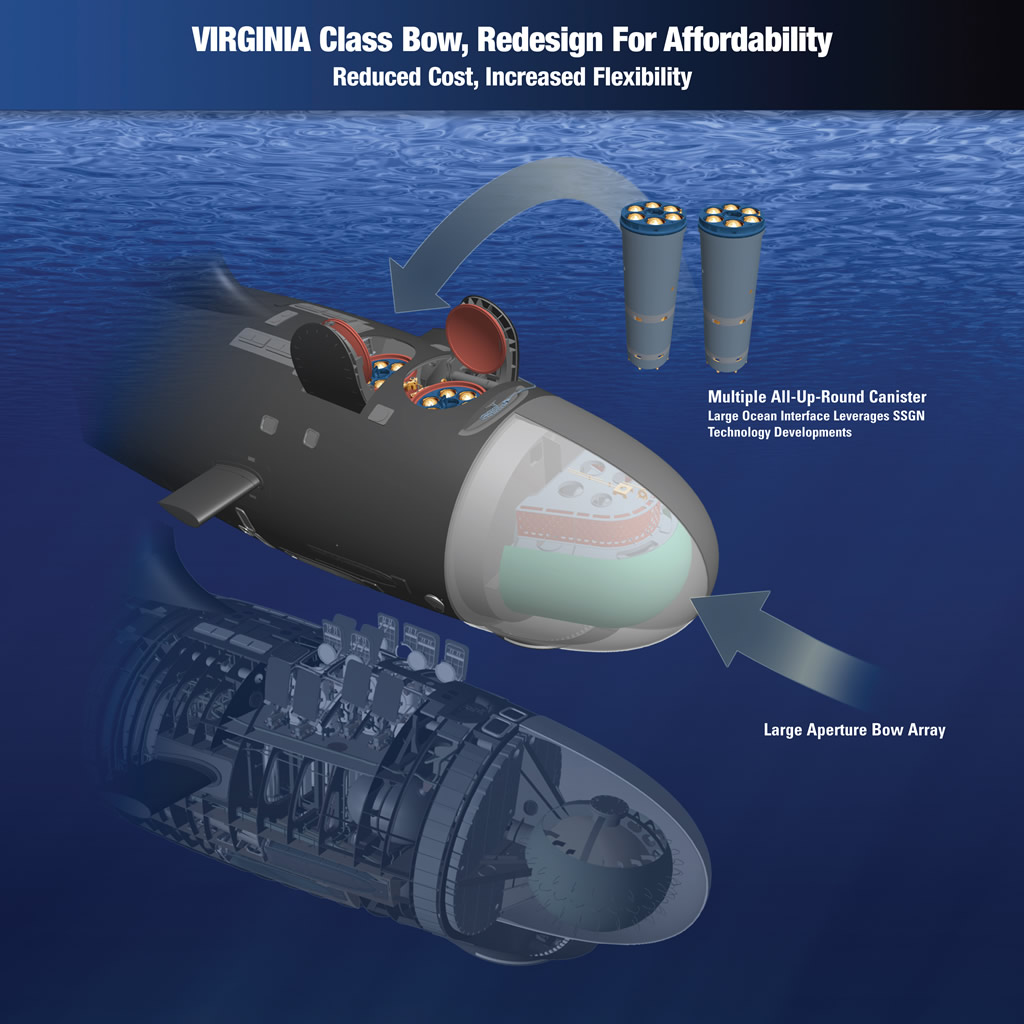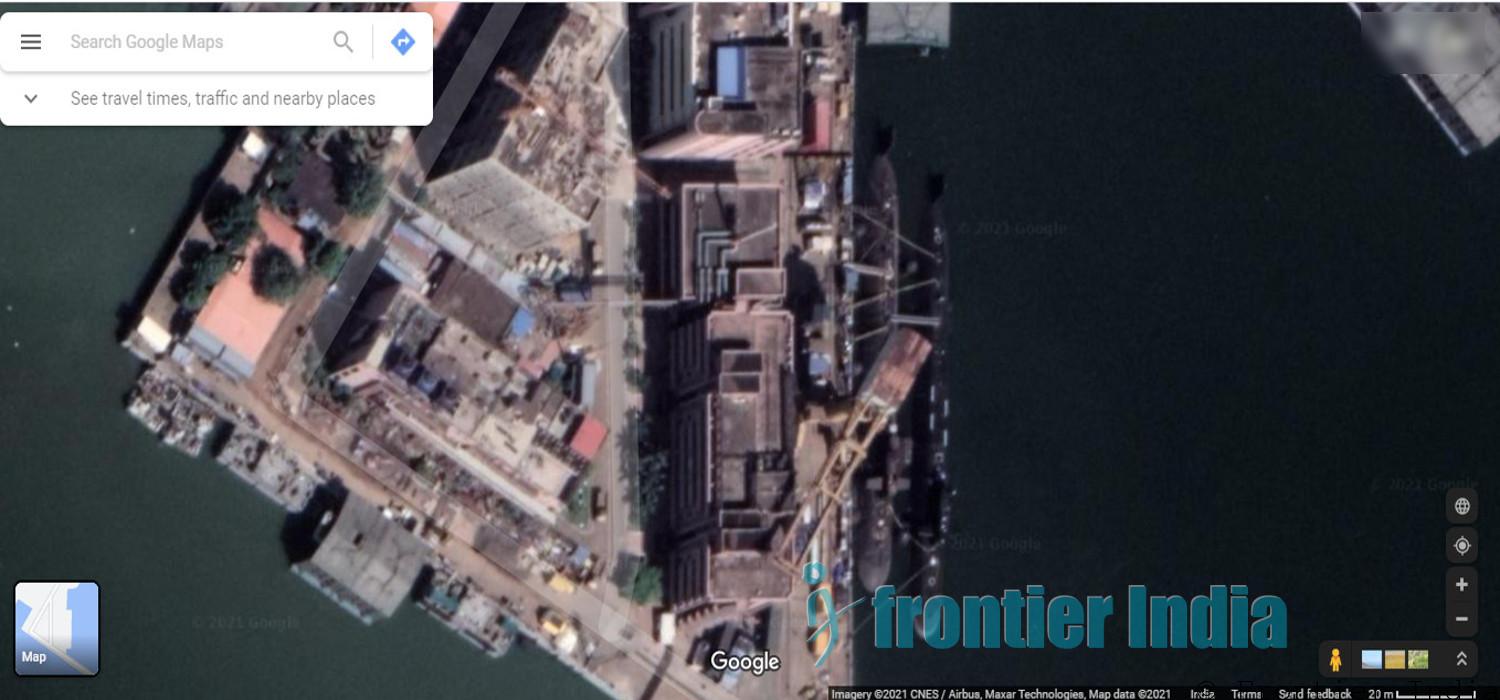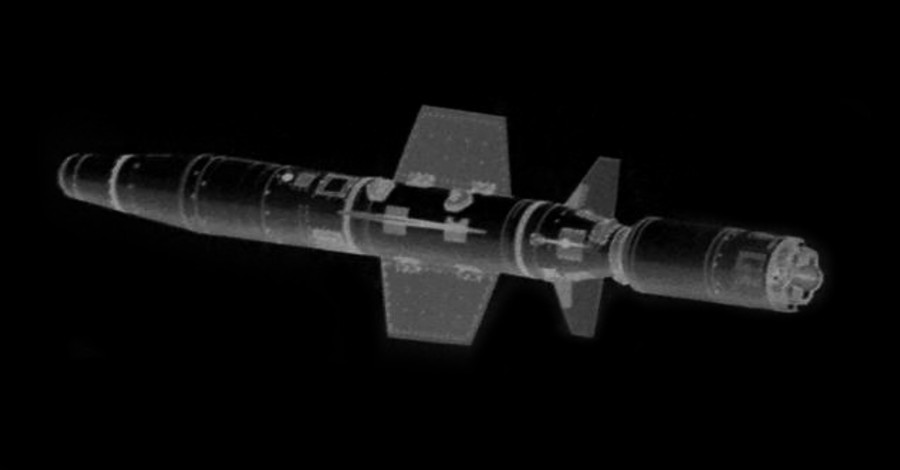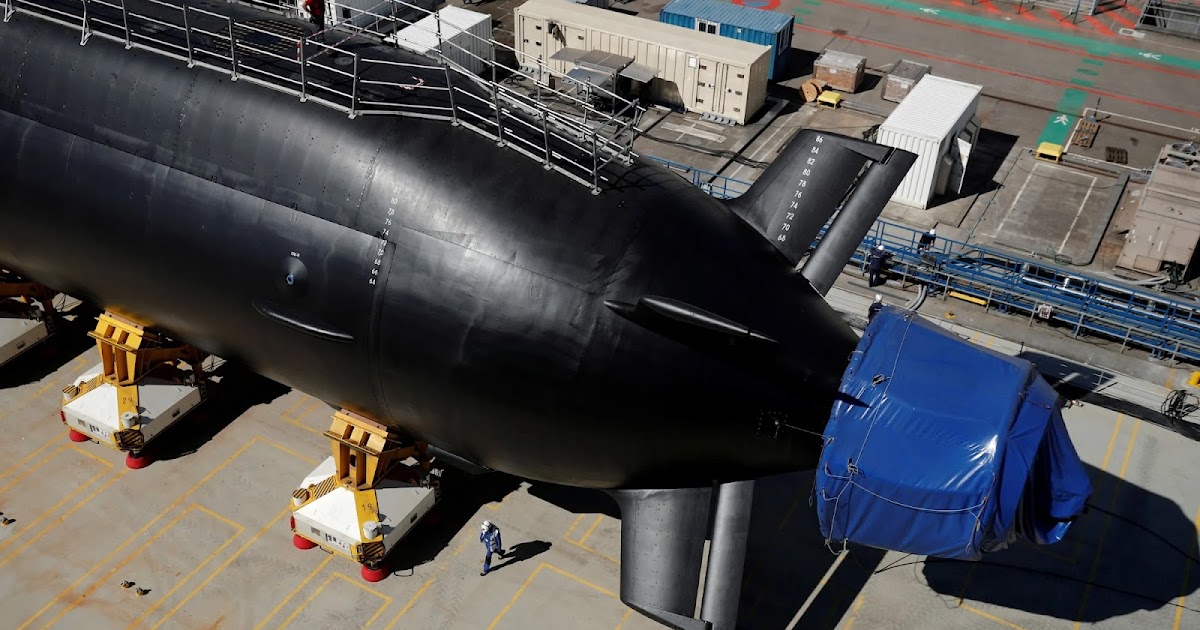First three Navy nuke attack submarines to be 95% Made in India
The Cabinet Committee on Security is considering the Navy proposal worth over Rs 50,000 crore for indigenously building three nuclear attack submarines which would be built by the Defence Research and Development Organisation (DRDO) in Visakhapatnam.
Manjeet Negi
New Delhi
June 13, 2021UPDATED: June 13, 2021 15:42 IST
First three Navy nuke attack submarines to be 95% Made in India
The Indian Navy proposal to have six indigenous nuclear attack submarines was one of the first few major defence modernisation proposals to have been cleared by the Narendra Modi government soon after it came to power in 2014. (File photo/Representational Image)
In a major boost to the government's bid to indigenise the defence sector, the first three nuclear attack submarines planned to be built by the Indian Navy would be 95 per cent made in India.
The Cabinet Committee on Security is considering the Navy proposal worth over Rs 50,000 crore for indigenously building three nuclear attack submarines which would be built by the Defence Research and Development Organisation (DRDO) in Visakhapatnam. In a separate project, Arihant class nuclear-powered submarines are being built with the capability of launching ballistic missiles.
“The nuclear attack submarine project would be a big boost for the indigenous submarine capability as 95 per cent of it would be made in India. This would provide a big boost to the domestic defence sector including both private and public sector,” a top government source told India Today TV.
The project would also be very helpful for the economy as it is expected to generate a large number of jobs in the defence sector, sources said. The Navy and DRDO would first get a clearance for three of these boats and will have the option of building three more after the completion of this project.
The Indian Navy proposal to have six indigenous nuclear attack submarines was one of the first few major defence modernisation proposals to have been cleared by the Narendra Modi government soon after it came to power in 2014.
Despite some delays, India has been making big headways in the field of indigenous submarine building capability. The first Arihant class boat was commissioned a few years ago and the second one INS Arighat is also undergoing sea trials and is expected to be commissioned in near future.
India has plans to build 24 submarines, including six with nuclear attack capabilities, which would give it long legs to operate in the Indian Ocean region and will help it to keep its adversaries in check at long distances.
The first six conventional boats are already under construction in Mumbai under the Kalavati class project while the tender for the next six with greater capability would be issued soon after recent clearance by the Defence Ministry. There is a plan to build six more conventional submarines under Project 76 but it will take a long time to be initiated.
India is also leasing nuclear attack submarines since the 1990s which have helped it remain current on the operations of such boats.

@Nilgiri @crixus @Zapper @Test7 @T-123456 @Kartal1 @Cabatli_53
The Cabinet Committee on Security is considering the Navy proposal worth over Rs 50,000 crore for indigenously building three nuclear attack submarines which would be built by the Defence Research and Development Organisation (DRDO) in Visakhapatnam.
Manjeet Negi
New Delhi
June 13, 2021UPDATED: June 13, 2021 15:42 IST
First three Navy nuke attack submarines to be 95% Made in India
The Indian Navy proposal to have six indigenous nuclear attack submarines was one of the first few major defence modernisation proposals to have been cleared by the Narendra Modi government soon after it came to power in 2014. (File photo/Representational Image)
In a major boost to the government's bid to indigenise the defence sector, the first three nuclear attack submarines planned to be built by the Indian Navy would be 95 per cent made in India.
The Cabinet Committee on Security is considering the Navy proposal worth over Rs 50,000 crore for indigenously building three nuclear attack submarines which would be built by the Defence Research and Development Organisation (DRDO) in Visakhapatnam. In a separate project, Arihant class nuclear-powered submarines are being built with the capability of launching ballistic missiles.
“The nuclear attack submarine project would be a big boost for the indigenous submarine capability as 95 per cent of it would be made in India. This would provide a big boost to the domestic defence sector including both private and public sector,” a top government source told India Today TV.
The project would also be very helpful for the economy as it is expected to generate a large number of jobs in the defence sector, sources said. The Navy and DRDO would first get a clearance for three of these boats and will have the option of building three more after the completion of this project.
The Indian Navy proposal to have six indigenous nuclear attack submarines was one of the first few major defence modernisation proposals to have been cleared by the Narendra Modi government soon after it came to power in 2014.
Despite some delays, India has been making big headways in the field of indigenous submarine building capability. The first Arihant class boat was commissioned a few years ago and the second one INS Arighat is also undergoing sea trials and is expected to be commissioned in near future.
India has plans to build 24 submarines, including six with nuclear attack capabilities, which would give it long legs to operate in the Indian Ocean region and will help it to keep its adversaries in check at long distances.
The first six conventional boats are already under construction in Mumbai under the Kalavati class project while the tender for the next six with greater capability would be issued soon after recent clearance by the Defence Ministry. There is a plan to build six more conventional submarines under Project 76 but it will take a long time to be initiated.
India is also leasing nuclear attack submarines since the 1990s which have helped it remain current on the operations of such boats.
@Nilgiri @crixus @Zapper @Test7 @T-123456 @Kartal1 @Cabatli_53










